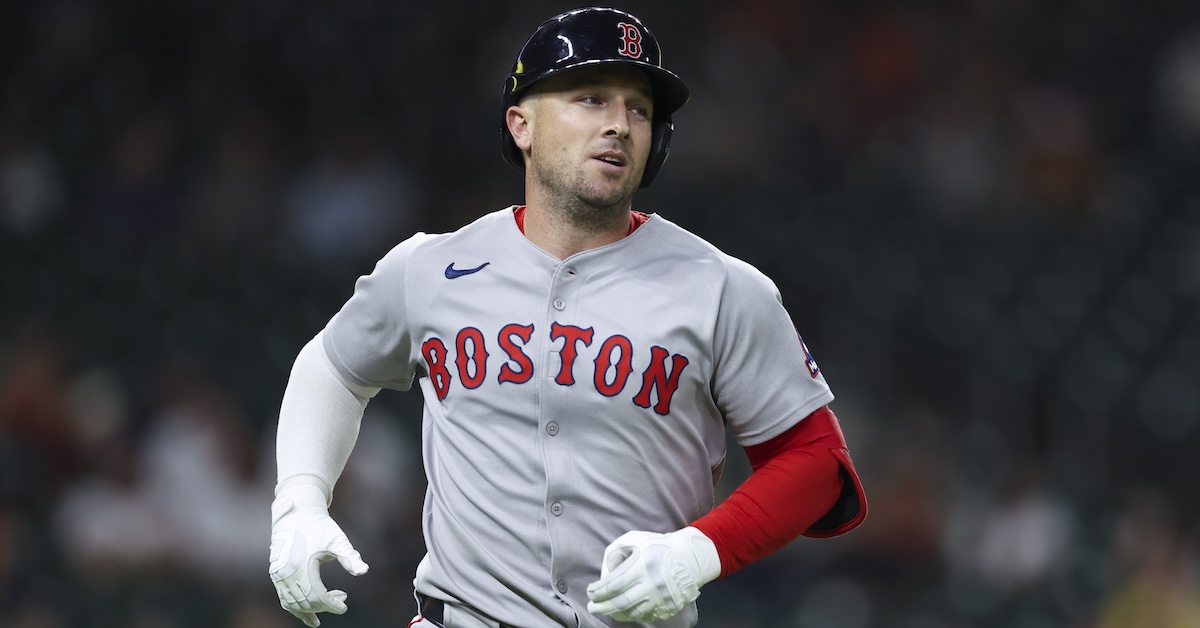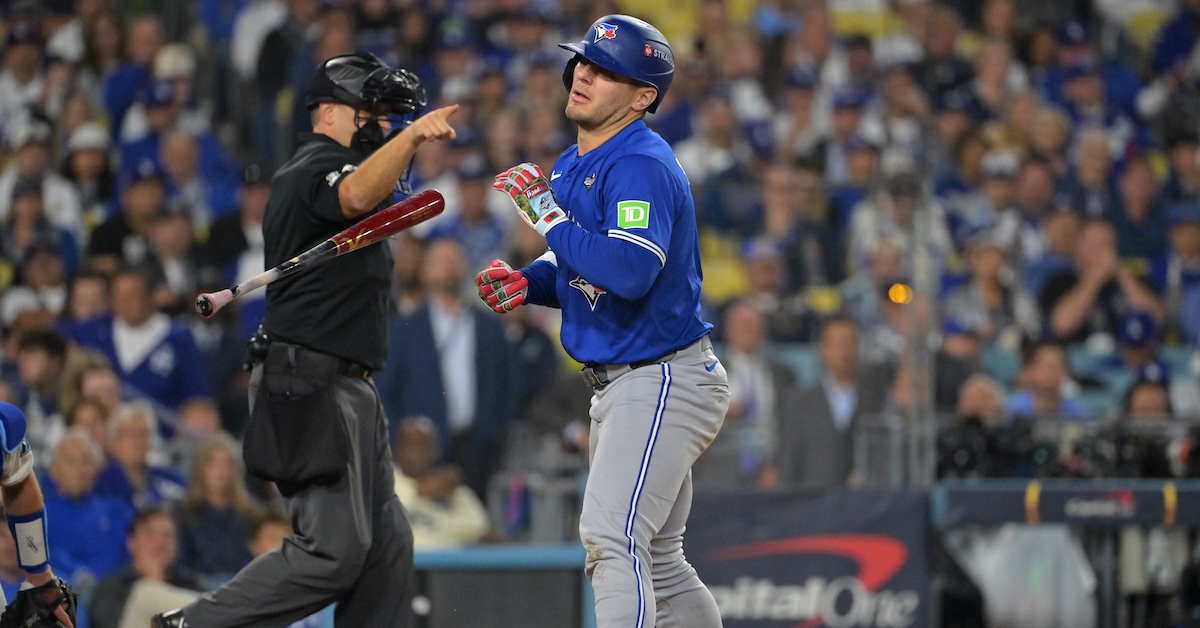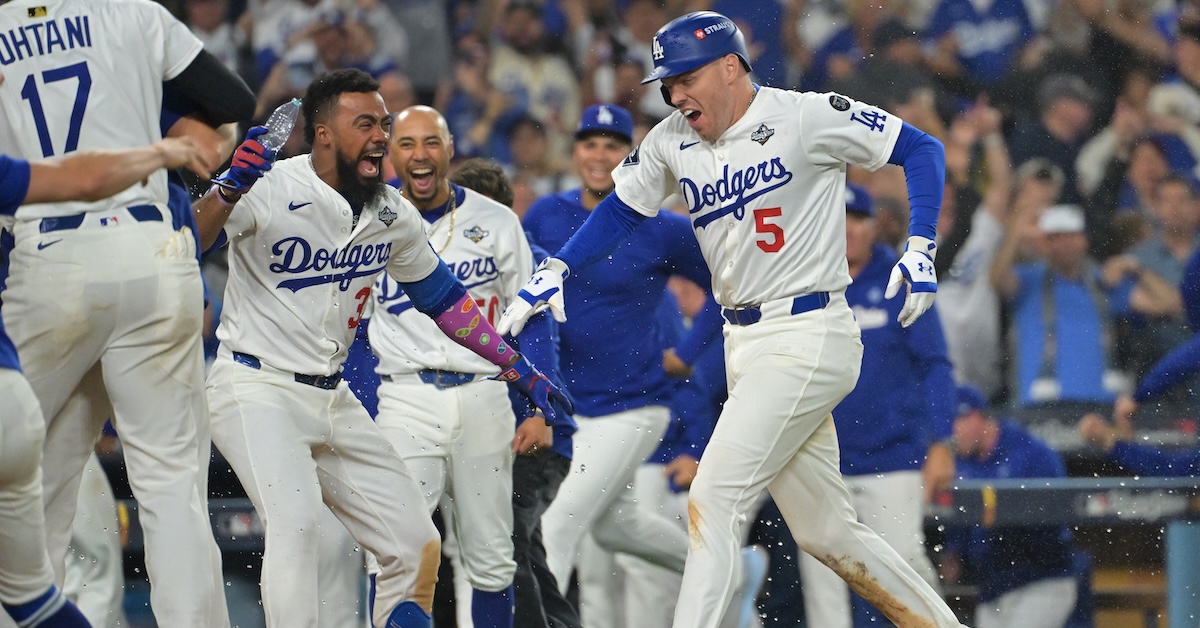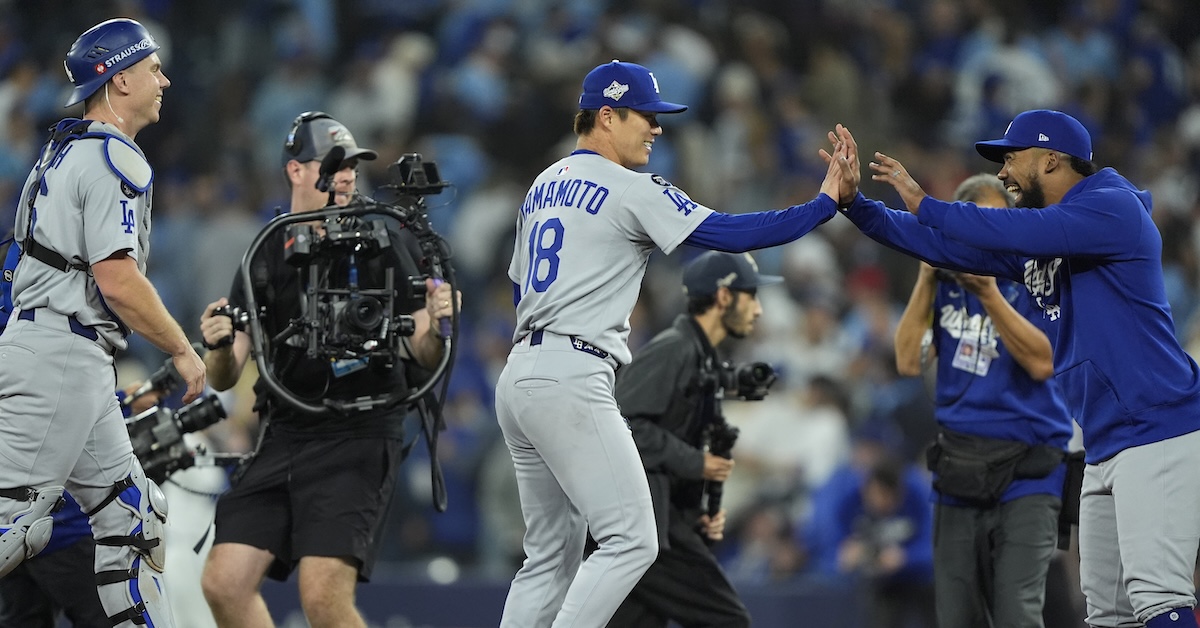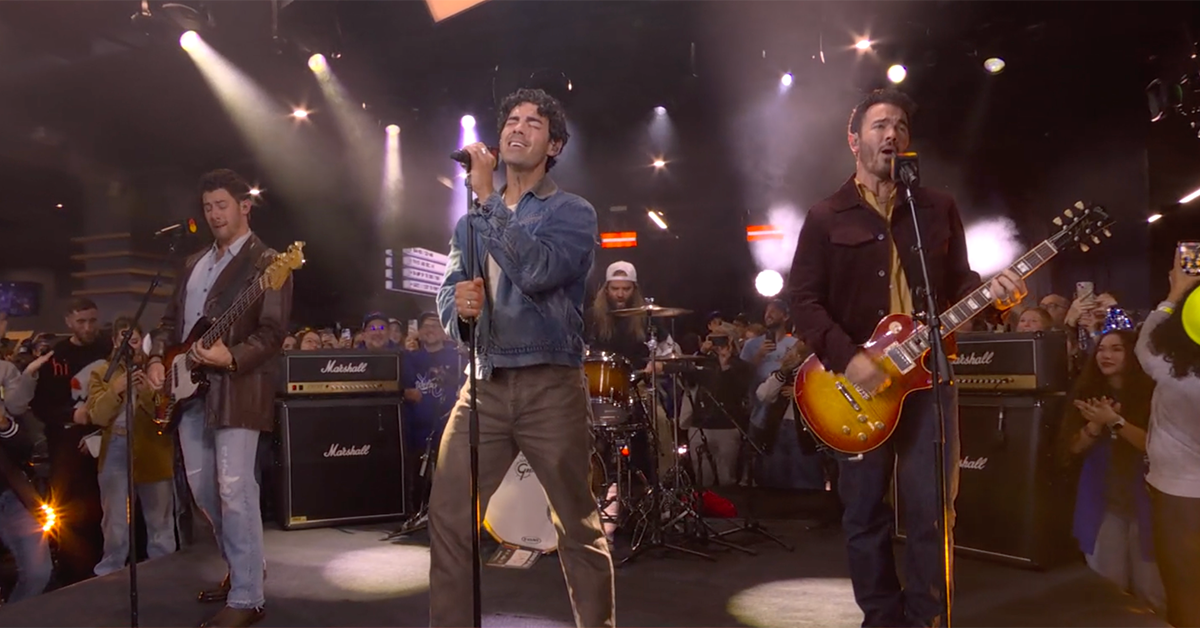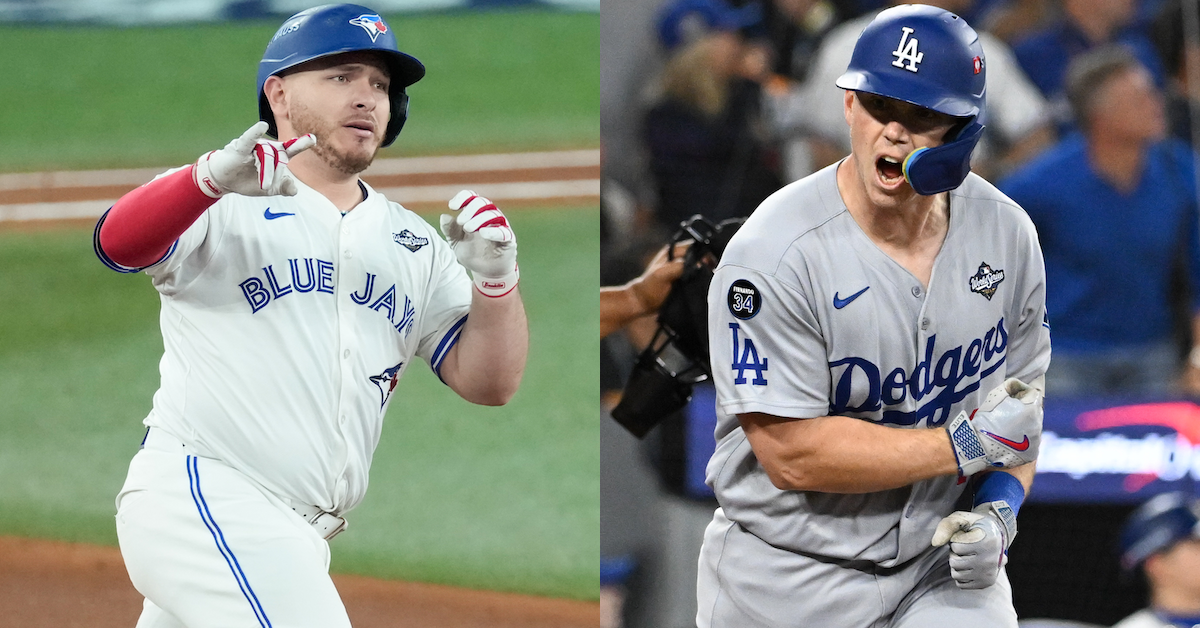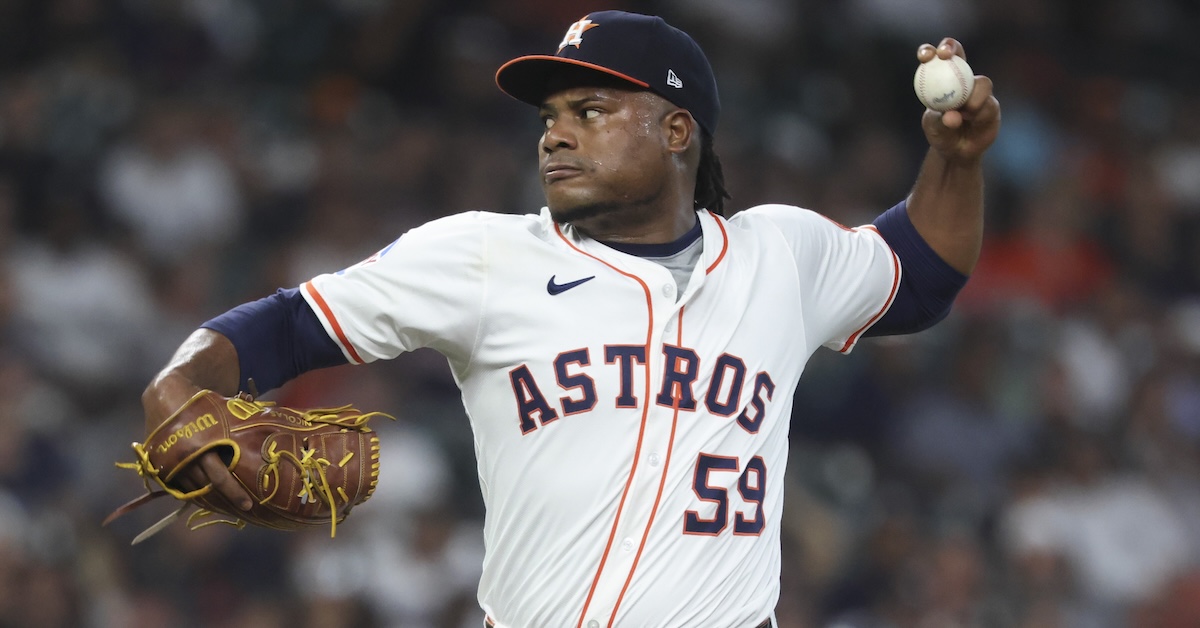Direct links to applications (please see job details below):
Analytics Intern, Baseball R&D (2026 Season)
Software Engineering Intern, Baseball R&D (2026 Season)
Analytics Intern, Baseball R&D (2026 Season)
Summary:
The Washington Nationals are seeking analytics interns to join our Baseball Research & Development team for the 2026 season. As an analytics intern, you’ll work on developing and applying your data science skills to baseball, performing research on baseball questions under the close mentorship of a team member of Baseball R&D. You’ll likely work on one project at a time, with plenty of time for model exploration and personal development. You’ll have the opportunity to work in a collaborative baseball front office daily at the stadium, watching baseball and engaging regularly with more senior members of our baseball operations group.
Internships are a key way for us to find future full-time members of our department, with many of our senior department members beginning as interns. While a pathway to a full-time position is not assured, many of our former interns have found full-time opportunities with the Nationals or other MLB clubs. We have availability for both summer internships and full season internships, with some flexibility on start dates.
The Washington Nationals are committed to creating a diverse and inclusive work environment and are proud to be an equal opportunity employer. The listed qualifications serve as guidelines rather than strict requirements. We encourage all enthusiastic candidates to apply, especially those from non-traditional backgrounds and historically marginalized or underrepresented groups. We will consider applications without regard to race, color, religion, national origin, sex, age, marital status, personal appearance, sexual orientation, gender identity or expression, family responsibilities, matriculation, political affiliation, genetic information, disability or veteran status.
Essential Duties and Responsibilities:
- Use R to build statistical models to answer a primary baseball research question under the direction of a Baseball R&D team member
- Communicate findings through written reports, presentations, and informal conversations
- Design and build informative data visualizations for use in automated reports or internal web applications
Requirements:
Education and Experience Requirements
- Experience analyzing datasets and training statistical models using R, Python, or equivalent
- Has or is pursuing an undergraduate or graduate degree from a four-year college or university, preferably in Data Science, Statistics, Mathematics, Computer Science or related field
- Willingness to relocate to Washington, DC
- Authorized to work in the United States
Knowledge, Skills, and Abilities necessary to perform essential functions
- Ability to complete statistical modeling projects
- Ability to listen and incorporate feedback, collaborate with others
- Enthusiasm for learning new skills related to programming, statistical modeling, and data visualization
- Passion for baseball and desire to work in baseball operations
- Working knowledge of sabermetrics and modern quantitative baseball evaluation concepts
- Demonstrate key personal qualities that contribute to a high-performing team environment. These include bringing joy and positive energy to daily work, maintaining humility and curiosity, acting with integrity and accountability, and embracing a competitive mindset focused on continuous improvement and shared success.
Physical/Environmental Requirements
- Occasional long hours may be required during draft, trade deadline, or postseason.
- Interns can attend all home games but are not required to. Meals are provided to staff during games.
Compensation:
The projected wage rate for this position is $17.95 per hour. Actual pay is based on several factors, including but not limited to the applicant’s: qualifications, skills, expertise, education/training, certifications, and other organization requirements. Starting salaries for new employees are frequently not at the top of the applicable salary range.
Equal Opportunity Employer:
The Nationals are dedicated to offering equal employment and advancement opportunities to all individuals regardless of their race, color, religion, national origin, sex, age, marital status, personal appearance, sexual orientation, gender identity or expression, family responsibilities, matriculation, political affiliation, genetic information, disability, or any other protected characteristic under applicable law.
To Apply
To apply, please follow this link.
Software Engineering Intern, Baseball R&D (2026 Season)
Summary:
The Washington Nationals Baseball Research & Development group is seeking a Software Engineering Intern to join our team for the 2026 season. Our group builds the data and software systems that power the Nationals’ decision-making across the baseball organization — from front-office analysis to player development processes, coaching decisions, and scouting evaluations.
As an intern, you’ll contribute directly to these systems by helping design data pipelines, APIs, and web applications used throughout our baseball operations department. Depending on your background and interests, you’ll have opportunities to focus on data engineering, web development, or a blend of both.
We have opportunities for both a summer-only internship (3-months) and a longer internship (6-months), with flexibility in starting dates. This internship is in-person in Washington, DC.
Essential Duties and Responsibilities:
The responsibilities will be some combination of the following, depending on whether the intern is focused on data engineering or web development.
- Build data imports and data pipelines using Prefect.
- Add functionality to our internal API microservice, implemented in FastAPI.
- Design and build interactive data-driven web pages using Vue.js and Ruby on Rails.
- Write documentation.
Requirements:
Education and Experience Requirements
- Has or is pursuing an undergraduate or graduate degree from a four-year college or university, preferably in Computer Science or related field.
Knowledge, Skills, and Abilities necessary to perform essential functions
- Enthusiastic about working in baseball.
- Ability to work both collaboratively and independently with close attention to detail.
- Experience with modern programming languages (e.g. Python, Ruby, JavaScript, or similar) and with SQL.
- Some experience working on the command line in a Linux-like environment.
- Some experience using git for version control.
- Experience using AI-assisted coding tools (e.g., GitHub Copilot, ChatGPT, Gemini, Claude, Cursor) to accelerate development.
- Experience with some of the following technologies is preferred:
- Data frameworks: Pandas, Polars
- Web frameworks: FastAPI, Flask, Node.js/Express, Ruby on Rails
- Front-end frameworks: React, Vue.js
- Data Visualization frameworks: D3.js, Plotly
- Workflow orchestration tools: Prefect, Dagster, Airflow
- Ability to communicate clearly and effectively.
- Authorized to work in the United States.
Physical/Environmental Requirements
- Office: Working conditions are normal for an office environment. Work may require occasional weekend and/or evening work. Occasional long hours may be required during the draft or trade deadline.
- Interns can attend all home games but are not required to. Meals are provided to staff during games.
Application Process
Approximately 10% of applicants will be invited to complete a take-home programming assignment, designed to take about 10 hours and to be completed within a 10-day window. We will review these submissions and invite selected candidates to participate in one or more video interviews.
Compensation:
The projected wage rate for this position is $17.95 per hour. Actual pay is based on several factors, including but not limited to the applicant’s: qualifications, skills, expertise, education/training, certifications, and other organization requirements. Starting salaries for new employees are frequently not at the top of the applicable salary range.
Equal Opportunity Employer:
The Nationals are dedicated to offering equal employment and advancement opportunities to all individuals regardless of their race, color, religion, national origin, sex, age, marital status, personal appearance, sexual orientation, gender identity or expression, family responsibilities, matriculation, political affiliation, genetic information, disability, or any other protected characteristic under applicable law.
To Apply
To apply, please follow this link.
The content in this posting was created and provided solely by the Washington Nationals.
